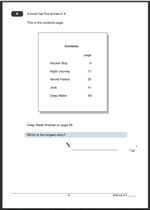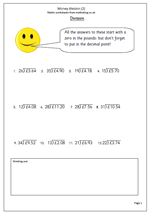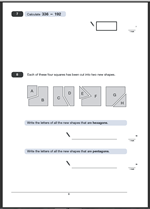 There is a great deal expected of children in year 5 when it comes to calculating. Mental methods of calculating with whole numbers are extended to include addition of three small numbers, knowing tables and multiplying by 25. Efficient written methods of addition and subtraction of both whole numbers and decimals is expected as well as refining written methods of multiplication and division.
There is a great deal expected of children in year 5 when it comes to calculating. Mental methods of calculating with whole numbers are extended to include addition of three small numbers, knowing tables and multiplying by 25. Efficient written methods of addition and subtraction of both whole numbers and decimals is expected as well as refining written methods of multiplication and division.
I have a growing range of worksheets covering these topics which can be found in the Year 5 Calculating category. Further worksheets on written methods can also be found in the Four Rules category.





